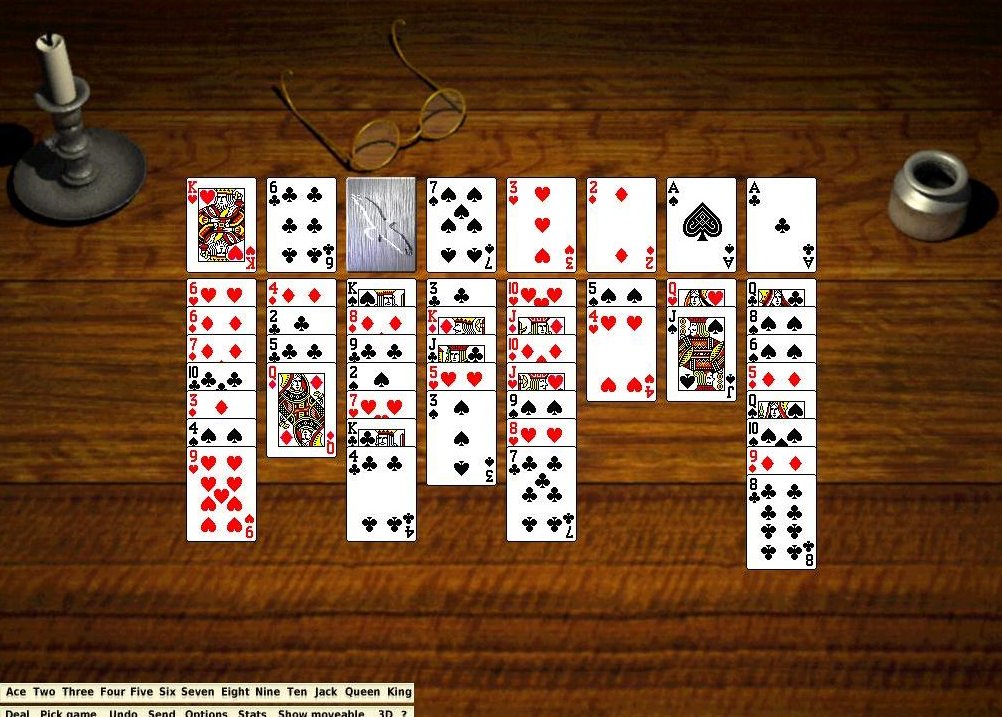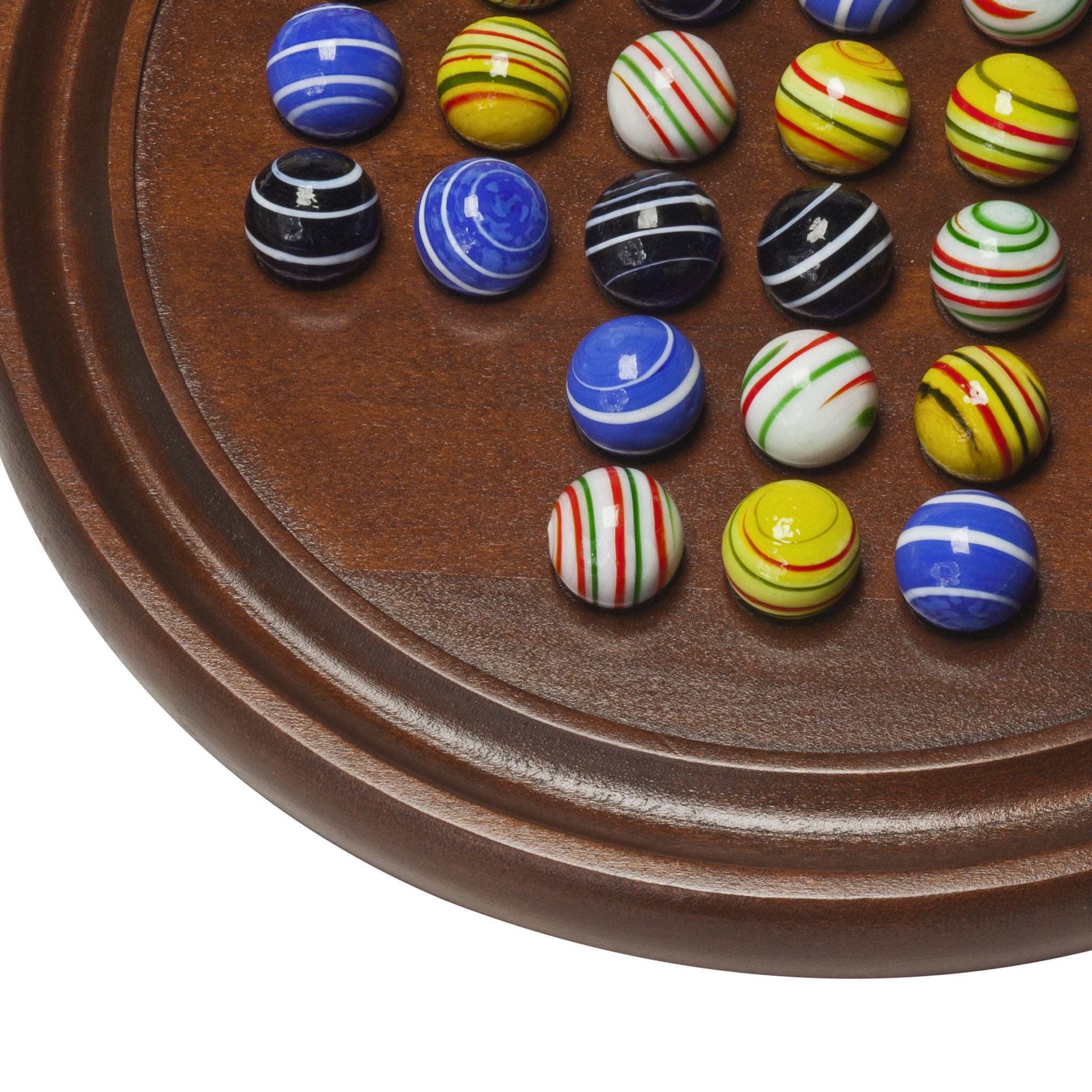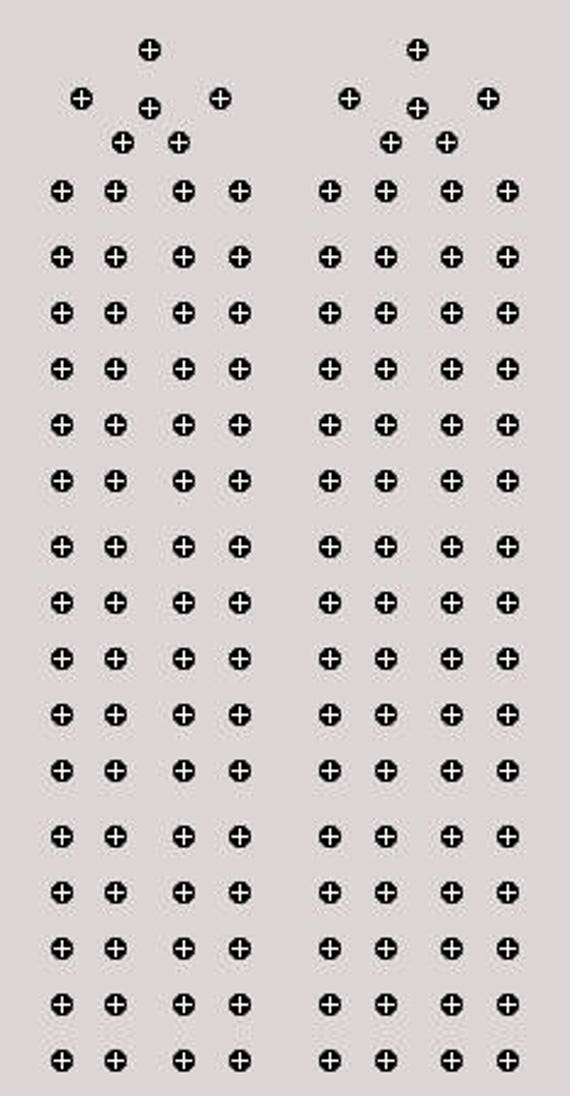Cribbage Game
PLAY CRIBBAGE ONLINE: RULES AND GUIDE
Objective
Cribbage requires a fair amount of calculation, tactical skills and strategy. The trick is in making and adding points. For a math enthusiast, this should be a walk in the park. The first player to get 121 points wins. The game has three notable parts: the deal, the play and the show.
Traditionally the game has two players, but three or even four players can play it. However, this explanation is limited to two players.
Free cribbage games. Free cribbage games to download are a great way to learn and practice cribbage on your PC. If you need a refresher of the rules of cribbage, or need some hints on strategy, have a browse around the site (don't forget there are hundreds of questions answered in our forum.). Whether Windows, Mac OS X or Linux, there are some excellent shareware and freeware cribbage games to. Cribbage is a 400-year-old game that descended from an English card game known as “Noddy.” The creator of the game was Sir John Suckling, who was an English poet. The most interesting facet of cribbage is its use of a cribbage board to keep score, rather than a pen and paper. Play the card game that’s been challenging humans for over 400 years, now re-imagined for Windows 8! Featuring four difficulty levels,automatic and manual card counting, as well as muggins, Cribbage is better than ever in electronic form. New to the game? Get help every step of the way with hints, explanation, and automatic card counting.
Cribbage is a game of many rules. Although this explanation is thorough, you still need some game experience to be an expert.
The Deal
Before the game begins, both players draw a card from the deck. The player whose card value is lowest becomes the dealer, while the player with a card with the highest value becomes the non-dealer or pone. If both drawn cards are equal in value, the process is repeated until a dealer is determined. The dealer is only selected through drawing once. After the drawing, the dealer and non-dealer role is alternated until the game has a winner.
The dealer deals six cards for both players. From the six-card deal, both players give two cards and place them on the crib. The crib belongs to the dealer; it is the third hand. The dealer uses the crib to get extra cores at the end of the game.
At the start of the game, all the hands have four cards. The non-dealer cuts the deck and takes the top card. The picked card is called the starter or the cut. If the starter card is a Jack, the non-dealer gains 2 points. The gain is referred to as ‘two for his heels.’ When the starter is chosen, the play can begin.
The Play
The goal of the play is to get a value of cards reaching 31 or 15 to earn 2 points. The pone is the first to play. The pone gives one card and announces its value. The dealer also gives one card but announces the cumulative value of both given cards. The maximum cumulative value is 31.
The card placement process continues until the value of the cards placed gets to 31. The player that places the card that gets the value to 31 gets two points. You cannot place a card that will exceed 31. Instead of playing, the player says ‘go’ for the other player to continue laying down their card without exceeding the 31.
If the card placed does not get the cumulative card value to 31, the player that placed the card gets one point, and this gain is called ‘one for the go.’ A player earns two points if their given card gets the cumulative value to 31. The player that lays the last card gets one point; this gain is called ‘one for the last.’
When the card value gets to 31, the next round begins, and the value is reset to 0. The next round also begins when the players have cards with values that exceed 31 or when all players have no cards in their deal.
For the card values, an ace card has a value of one. The number of the card represents the numbered card value while the face cards value is 10.
How to Gain Points During the Play
- You score two points if you lay a matching card with the same value as the card placed. Cards with the same value are called a pair.
- You score six points if there are two similar cards laid, and you add a third. Three cards with similar value are called three of a kind or a royal pair
- Y ou score 12 points if there are three matching cards laid, and you add a fourth. Four cards with the same value are called double pair royal or four of a kind.
The starter card value is not included in this part of the game.

- For face cards, two queens or two kings are a pair, but a king and a queen are not a pair even though they are both valued at 10.
- You score two points for placing your card that gets the cumulative number to 15 or 31.
- You score a point for placing cards that follow each other in a sequence. For instance, an Ace, 2 and 3 will get you three points. The sequence is called a run. The order of the placement in a run is not essential.
However, a sequence is not a run if an eccentric number disrupts the order. For example, 7,5,6,4 is a sequence that can be rearranged to 4,5,6,7, but 5,7,9,6 is not a run.Scores are updated while you play the game. The game continues until one player reaches 121, and then it ends right away.

The Show

Once the game is over, each player takes back their four cards to score their hand. Scores are calculated in the following sequence: the non-dealer hand, dealer’s hand and the dealer’s crib. Scores are added to the scoreboard immediately after calculation.
Cribbage Game Free
If the pone’s value is 121, the dealer’s scores will not be calculated. The game is over, and the pone is the winner because while the dealer has two hands, the non-dealer gets the first hand. Tied scores do not exist in this game.
The Show Scoring
How To Play Cribbage Game
- One for his nob: you score one point if you have a Jack in the same suit as the starter
- Any combination of 15 in your deck gets you two points. You can use all the combinations of card value in your hand to score.
- You get two points for a pair of cards
- You get six points for a royal pair
- You get 12 points for a double pair royal
- You get four points for having a deck of cards in the same suit; for instance, you score four points for having a hand with four diamond cards.
- You get five points if the cards are the same as the starter.
Having the same suit as the starter is called a flush. A flush is only counted with the hand cards, not the crib. However, if the crib cards and the starter are in the same suit, you score five flush points.

Skunks and Double Skunks
A skunk occurs when one player wins by over 30 points against a score of less than 91. A skunk is the equivalent of two games. On the other hand, a double skunk is when a player wins by over 60 points and the other player scores less than 61. The double skunk is the equivalent to 3 games.
Variations
There are many variations with this game. For instance, some rules the last score hole a sink hole, and not all scores count at that hole. Nevertheless, the mentioned rules are a standard used by most gamers and are sufficient to play and enjoy the game.
For all three difficulty levels the cards are dealt completely at random to both you and to the computer. The difference between the easy, standard and pro levels is the strategy used to choose the computer's discards and pegging plays. If you are finding that your computer opponent is beating you, you will likely benefit from understanding how the computer chooses its next move.| Discarding: | Chooses a random pair of cards. |
| Pegging: | Chooses a random valid card. |
Cribbage Game App
| Discarding: | Chooses the pair of cards that will result in the best hand score ignoring the possible flip card. If the discards are a pair or sum to 15, it adjusts the analyzed hand value by 2 (plus or minus depending on the crib owner.) Notice that this strategy does not account for flushes or possible runs that could result from the flip card. |
| Pegging: | Chooses the next card that will result in the highest score for itself. If all plays are of equal value then it chooses at random. |

Download Cribbage Games For Free
| Discarding: | Evaluates the score for each pair of discards for all possible flip cards still left in the deck. Then takes the play that averages the highest outcome. For the cards in the crib, evaluates their value as well with each possible flip card and adds or subtracts depending on who will count the crib. Note that the potential from the two additional crib cards are not included in the crib analysis. |
| Pegging: | Chooses the next card that will result in the highest score for itself. It also prefers not to leave the pegging count at 5 or 21. If all plays are of equal value then it chooses at random. |